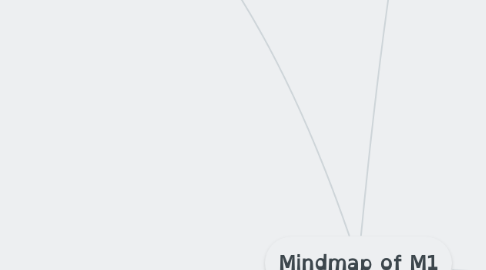
1. Skill based learning
1.1. Receptive skills
1.2. Productive skills
1.3. Task based learning
1.4. Listening
1.4.1. Appreciative listening
1.4.2. Comprehensive listening
1.4.3. Extensive listening
1.4.4. Intensive listening
1.4.5. Narrow listening
1.4.6. Listening for gist
1.5. Reading
1.5.1. Semantic knowledge
1.5.2. Syntactic knowledge
1.5.3. Morphemic knowledge
1.5.4. Phonemic knowledge
1.5.5. Field knowledge
1.5.6. In the head knowledge
1.5.7. Anakytical reading
1.5.8. Extensive reading
1.5.9. Intensive reading
1.5.10. Reader roles
1.5.10.1. Reader as a code breaker
1.5.10.2. Reader as text participant
1.5.10.3. Reader as text user
1.5.10.4. Reader af text participant
1.5.10.5. reader af text analyst
1.5.11. Jigsaw reading
1.5.12. Reading for gist
1.5.13. Text miming
1.5.14. Parallel speaking
1.6. Writing
1.6.1. Genre
1.6.2. Purpose
1.6.3. Argument
1.6.4. Structure/layout
1.6.5. Process and product
1.6.6. Writing for learning
1.6.7. Cohesion
1.6.8. Coherence
1.6.9. Teaching learning cycle
1.7. Content based learning
1.8. Literacy
1.9. Speaking
1.9.1. Monologues
1.9.2. Dialogues
1.9.3. Improvising
1.9.4. Discarding
1.9.5. Foreignizing
1.9.6. Paraphrasing
1.9.7. Discourse
1.9.8. Narrative language
1.9.9. Non narrative language
2. Errors and oral feedback
2.1. Contrastive errors
2.2. Non.contrastive errors
2.3. Correction explicit
2.3.1. Recast
2.3.2. Explicit correction
2.3.3. Explicit correction with metalinguistic feedback
2.4. Correction elicited
2.4.1. Repetition
2.4.2. Elicitation
2.4.3. Metalinguistic cue
2.4.4. Body language
2.4.5. Clarification request
3. Books
3.1. Jeremy harmer - The Practice of English language teaching fifth edition.
3.2. Pauline Gibbons - scaffolding language scaffolding learning (teaching english language learners in the mainstream classroom) second edition.
4. Language learning/interlanguage
4.1. Language acquisition
4.2. Input hypothesis
4.3. Interaction hypothesis
4.4. Output hypothesis
4.5. Procedural knowledge
4.6. Declarative knowledge
4.7. Restructuring
4.8. Noticing
4.9. Bottom-up processes
4.10. Top-down processes
4.11. Pluralistisk language
4.12. Language learning
4.12.1. Stages of learning
4.12.2. Lexicalization
4.12.3. Grammaticalization
4.12.4. Sophistication
4.13. Interlanguage
4.13.1. L1 --> L2
4.14. Form
4.15. Meaning
4.16. Use
4.17. Interlanguage analysis
4.17.1. Prefix and suffix
4.17.2. Sentence construction
4.17.3. Word choices
4.17.4. Grammar
4.17.5. Meaning - Comprehension
4.18. Fluency
5. Communicative competence
5.1. Linguistic competence
5.2. Pragmatic competence
5.3. Discourse competence
5.4. Strategic competence
5.5. Contextbased teaching
6. Learning theories
6.1. Piaget
6.1.1. Cognitive Development
6.2. Vygotsky
6.2.1. Socialconstructive learning development
6.2.2. Scaffolding
6.3. Stephen Krashen, Micheal Long, Merrill Swain
6.3.1. Input, Interaction and Output-hypothesis
7. Practice teaching
7.1. Focus on oral communication and differences in the classroom and scaffolding
7.1.1. Lesson planing and structure
7.1.2. Choosing maerials
